Sony has lost its way in the APS-C market, and now, with Canon and Fujifilm bringing their APS-C A-game, it’s time for Sony to fight back.
Sony is no stranger to mirrorless APS-C cameras. The company started something of a revolution when the a6000 hit the streets back in 2014. Thanks to its small size and robust feature set, the camera quickly became a hit with consumers. New models like the a6300 and the a6500 followed. This led us to believe that Sony wanted to attract prosumers and professionals to their APS-C cameras, which indeed, they did. But then Sony dropped the ball.
Sony forgot about APS-C cameras
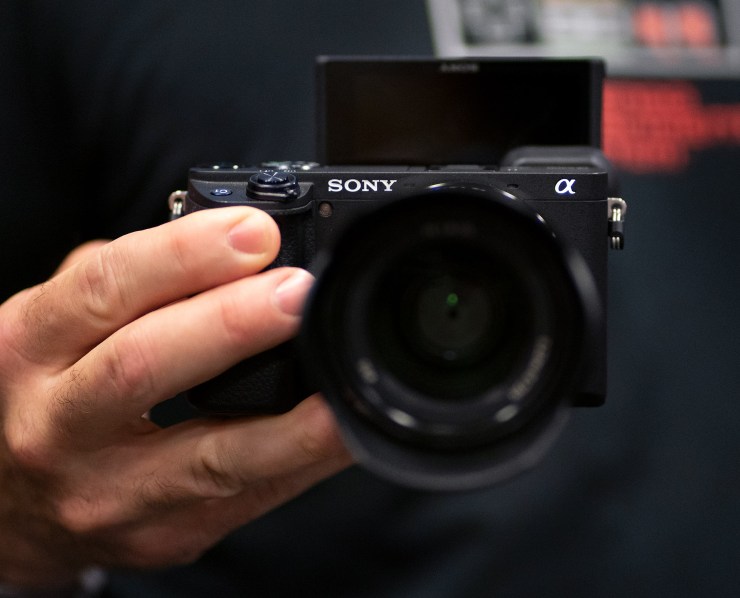
Somewhere along the line, Sony derailed when it came to APS-C cameras. After having initial success with the a6XXX line, Sony released updated APS-C cameras like Sony 6100 (which has been discontinued), the a6400 and the IBIS packing Sony a6600. However, you could tell that Sony’s focus was on full-frame, and their APS-C cameras were just an afterthought.
When the Sony a6100, a 6400 and a6600 launched, many expected considerable changes to the platform. Sure, Sony enhanced the autofocus algorithms in these cameras, which was a welcome upgrade, the screen tilted in different directions and a few more video modes were added. The a6600 started using a new high-capacity battery too. But, it wasn’t enough.
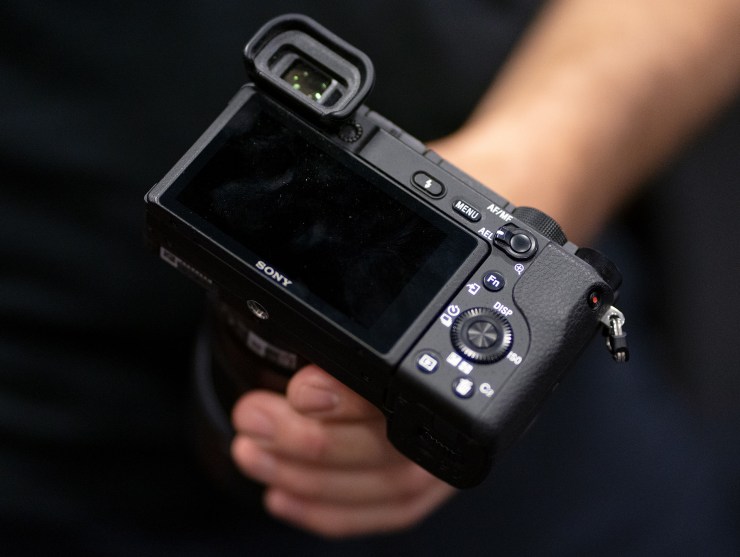
The cameras used the same tired 24-megapixel APS-C sensor that the original a6000 used. In addition, the cameras only accepted one UHS-I card, and the rear LCD was still terrible. Sony also opted to use micro USB instead of USB-C, which is something every other manufacturer had switched to by 2019. In addition, the small bodies remained essentially unchanged.
Sony thought that by giving their APS-C cameras minor incremental updates, they would sell like hot cakes. Instead, the media reception was lukewarm at best. Consumers, prosumers and professionals began moving on to the more luxurious APS-C offerings from Fujifilm. Another sign that APS-C offerings from Sony were a bit part was the lack of APS-C-specific lenses being released.
Lens support
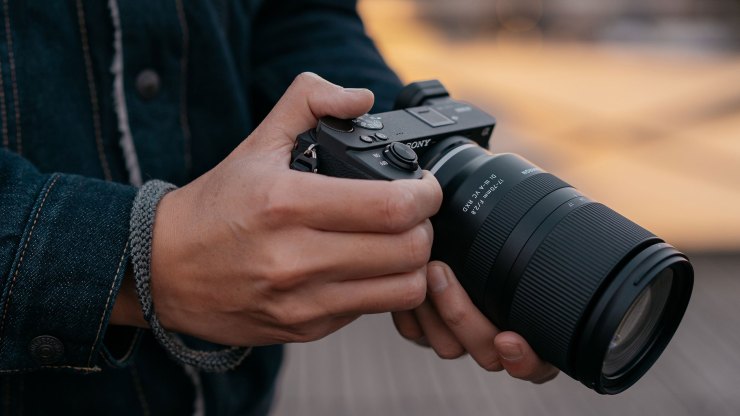
A few first-party APS-C lenses have been released here and there since 2014. Some of the lenses were actually very good. However, lens releases for the platform from Sony have been few and far between overall. The last significant APS-C showing from Sony (until June 2022) was in 2019, when we saw the excellent Sony E 70-350mm f/4.5-6.3 G OSS and the Sony E 16-55mm f/2.8 G. Then, all went quiet again.
Fortunately, Tamron and Sigma filled the E mount APS-C lens lineup gaps Sony left behind. Honestly, Tamron and Sigma should probably be credited with keeping Sony APS-C cameras relevant. Excellent lenses like the Sigma 16mm f/1.4, 30mm f/1.4, and 56mm f/1.4, and the Tamron 11-20mm f/2.8 (read our review), the 18-300mm f/3.5-6.3 (read our review), and the 17-70mm f/2.8 (read our review) continued to make the tired, old Sony APS-C cameras shine.
Fujifilm and Canon are upping the APS-C ante
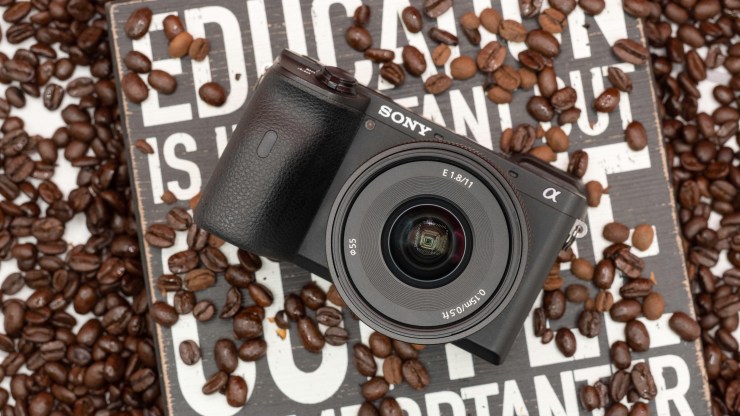
In general, Sony has been quiet in regards to APS-C since 2019. We’ve seen the ZV-E10 (read our review), which was aimed at bloggers and YouTubers, but that’s about it. Sony has been entirely focused on just full-frame cameras. However, we finally saw some new APS-C prime lenses and a new power zoom launch on June 1, 2022.
The Sony 11mm f/1.8 (here’s our review), the Sony 15mm f/1.4 G (here’s our review), and the Sony 10-20mm f/4 PZ G (read our review) bring back some hope that Sony might finally be turning more of its attention back to its faltering APS-C platform.
Believe it or not, there’s a huge calling for APS-C cameras. As I discussed here, every camera platform has its pros, cons and ideal use cases. APS-C cameras more than have their place in both hobbyist and professional photography and videography worlds. Now, with Fujifilm and Canon upping the APS-C ante, Sony needs to pay attention. They need to listen to what their customers want instead of telling us what they think we need. So, what does Sony need to do to right their APS-C wrongs?
What we want to see from Sony
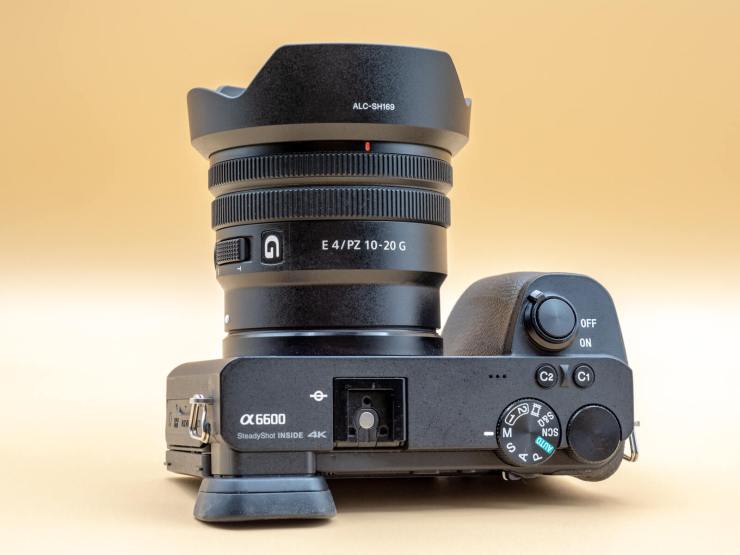
Sony needs to retire most of the a6XXX line. It has been tough to find them anyway due to supply chain issues, The a6100 has been discontinued, and the a6600 is unavailable. However, Sony has just announced that they will start making the a6400 again after a long nap. So, maybe Sony should keep the a6400 as their consumer APS-C camera and then introduce a new a7000 line that caters to prosumers and professionals.
A new sensor and design language need to be introduced into any new APS-C line they create. Matching or eclipsing the 32.5-megapixel sensor Canon will use in the R7 would be a good start. I doubt the sensor would be stacked, but a new BSI sensor would be superb.
In addition, I’d love for a new, slightly larger APS-C camera body that can handle the larger APS-C lenses. Unfortunately, many larger APS-C lenses don’t balance on the smaller a6XXX bodies, which leads to a disappointing user experience.
Ditch the rangefinder-design
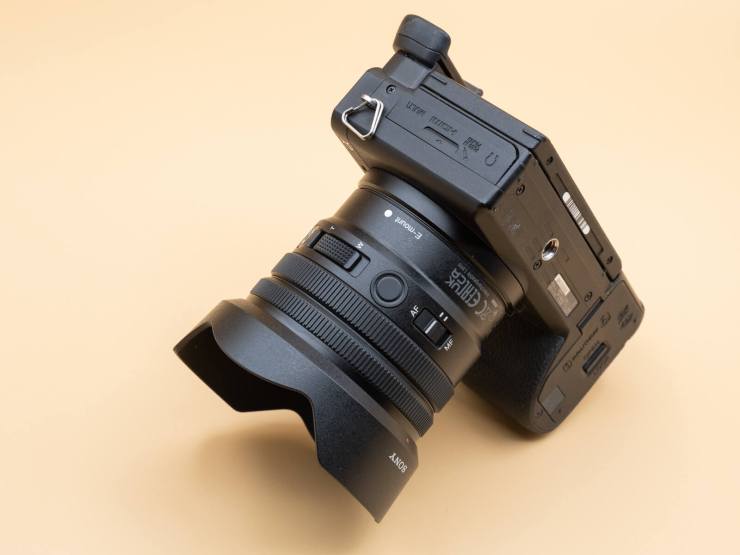
A fully articulating screen and better video codecs (current Sony 1080p is terrible) would go a long way in helping new APS-C cameras find favor with videographers. Sony should not hold back when it comes to autofocus. Make it best in class, and include AI and deep-learning solutions. Improved EVF and LCDs, dual UHS-II card slots, improved IBIS, and better weather sealing are a must. Sony needs to ditch the rangefinder-style design too. Just make the Sony a7C II and let that be a hipster camera.
Here’s the deal. Fujifilm and Canon have cranked the APS-C dial up to 11, so Sony cannot afford to hold back. Sony will be on to something if a new Sony APS-C camera could fall somewhere between the Canon EOS R7 and the Fujifilm X-H2S. Price it between these two offerings, and it would do well.
The time has come for Sony to stop treating APS-C cameras like a red-headed stepchild. Fortunately, the signs show us that they might have finally got the memo. The release of the new APS-C lenses at the start of June was an excellent start. Now, let’s hope Sony builds on it. What would you like to see from Sony when it comes to APS-C cameras and lenses? Sound off in the comment section below.
Tell your story with the second annual Visual Storytelling Conference!
Experience four days of interactive, online training sessions featuring a range of educational content with experienced photographers and content creators. This free event kicks off with a series of technical boot camps to build essential skills, followed by live, online sessions on photography, video, business and social media. Join live from March 10-13, 2022!
